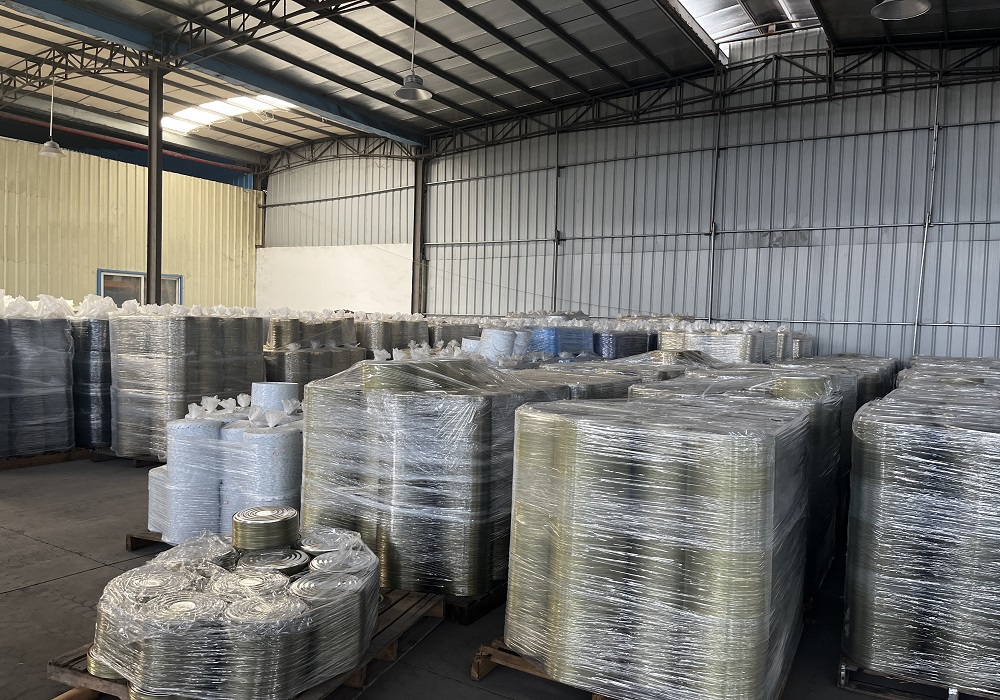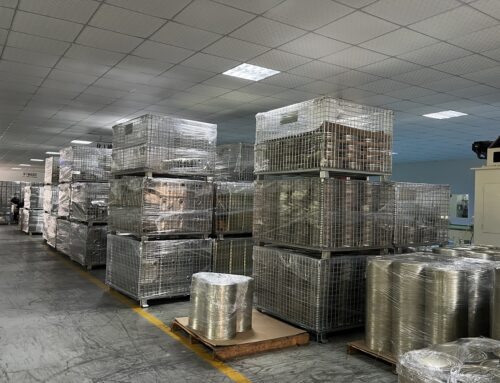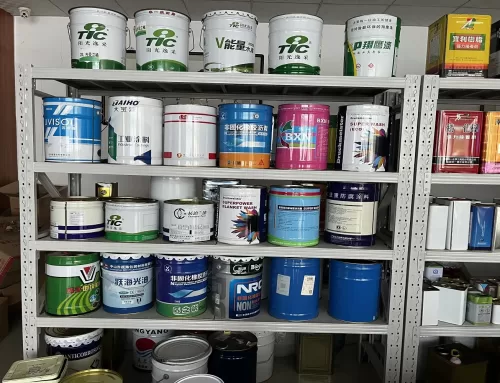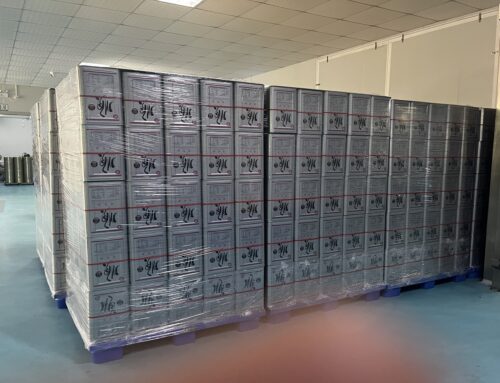In the realm of packaging materials, including glass, paper, aluminum, steel, plastic, and paper-plastic composite containers, each has experienced significant development in recent years, showcasing a trend towards diverse growth.
Beverages: In the beverage market, plastic containers are predominant in many countries. Globally, PET bottles hold a market share of over 70%, with PET bottles constituting around 60% of domestic carbonated beverage packaging. Plastics are making inroads into the beer industry, challenging traditional glass bottles.

Canned Food: The canned food, beverage, and edible oil industries continue to evolve. While some products can be alternatively packaged with other materials, certain items necessitate non-metallic packaging. Deep processing of agricultural and sideline products in China, along with the increasing export of canned foods, constitutes a crucial market for tinplate. The canned food industry has sustained double-digit growth in both total production and exports for several consecutive years, making China a leading exporter of canned goods such as mushrooms, asparagus, oranges, and bamboo shoots.
Beer: China leads the world in beer production, primarily utilizing glass bottles, with only about 3% in metal cans. Globally, glass bottles hold a 72% share, metal cans (including aluminum and steel) account for 28%, and PET bottles constitute 0.4%. Hence, there is significant potential for the development of metal-canned beer. The production of aluminum cans began the rise of two-piece easy-open cans in China, and the domestic production of aluminum alloy thin plates has been developing. In recent years, steel cans have also experienced rapid growth.
Professionals in the international metal packaging industry have recognized the increasing competition and challenges posed by plastic, paper, and other packaging materials. Efforts are being made to enhance shelf visibility, convenience, and product sophistication to stay competitive in the market.




